Alsobia belongs to the ground cover plant species. This herbaceous flowering perennial in nature can be found in the tropical rainforests of Colombia, Brazil and South America. On the surface of the dark green oval-shaped foliage there is pubescence, outwardly it is similar to the leaf plates of violets. This plant is also popularly called the "lace flower", this is due to the fact that there is an unusual fringe at the tips of its petals.
The genus Alsobia unites only 6 species, however, only 3 of them are cultivated indoors. Such a flower can be grown both in hanging pots and in basket pots. He does not require too much attention to himself, and if he is provided with proper care, then he will become a wonderful decoration for any apartment. At the same time, he will delight the grower with his unusual flowers for many years.
Content
Alsobia care at home
Illumination
Alsobia reacts negatively to direct sunlight. For its cultivation, it is recommended to choose places with bright diffused light. If the flower is in a shaded place, then it may suffer from poor lighting. At first, his foliage will become faded, and then the plant will slowly begin to die. From the second half of October, the length of daylight begins to decrease, so alsobia provide additional supplementary lighting, for this you can use a phytolamp. In winter, it is best to rearrange the bush on a sill with a southern orientation, while it should be shaded from direct sunlight.
Temperature regime
The plant must be protected from drafts, as well as sudden temperature changes, because because of them it can die. The flower grows best at a temperature of 18-25 degrees. If the room is cooler than 18 degrees, then the foliage will become faded sluggish and begin to fly around, and the growth of the bush itself stops.
Air humidity
Since there is pubescence on the foliage of the alsobia, in no case can it be moistened with water from a spray bottle. If water droplets fall on the leaf plates, then rot may appear on them.In order to increase the level of air humidity in this case, it is recommended to use a household humidifier or an open vessel filled with water can be placed near the plant. At low air humidity, alsobia will be able to grow and develop normally, but flowering in this case will be more scarce.
Watering
Water the flower sparingly, and this procedure is carried out only if necessary, or rather, when the top layer of the soil mixture in the pot dries out. When wetting the substrate, pour water gently under the root, otherwise it may fall on the surface of the leaf plates, which will cause rot on them. It is best to use well-settled or melt water, the temperature of which should be about 23-25 degrees. In order for the flower to grow and develop normally, the soil mixture in the container must be constantly slightly damp (not wet). Some time after the plant is watered, you need to drain the water that has accumulated in the pan. If it is not drained, this will lead to waterlogging of the substrate, which is the main reason for the development of various fungal diseases.
Substrate
When planting or transplanting alsobia, it is very important to use the correct soil mixture. Experienced flower growers recommend opting for a ready-made soil mixture for violets, which can be purchased at a specialized store. But before starting planting, a little perlite or river sand must be added to the finished soil mixture and everything is mixed well. You can, if you wish, make a substrate with your own hands, for this, combine sand, peat, humus and leafy soil (1: 1: 1: 2). All components are well mixed and a small amount of sphagnum, coconut fiber and charcoal is added to the ready-made dredge to improve its quality. In addition to the fact that thanks to such additives, the structure of the substrate will become noticeably better, charcoal will also act as a disinfectant.
Alsobia can only be grown in a loose and light soil mixture that allows both water and air to pass well. For planting, you should choose a low, but wide pot, at the bottom of which there are rather large holes for drainage.
Alsobia transplant
A flower transplant is carried out only if necessary, or rather, after the root system becomes too crowded in the pot. As a rule, alsobia is subjected to this procedure once every 3 years. When choosing a new container, pay attention to the fact that it should be slightly larger than the old pot. If there are no drainage holes at the bottom of the container, then make them yourself if possible. Also, at the bottom, it is imperative to make a good drainage layer, for this you can use expanded clay. The new soil mixture must be loose and well-drained (see above). In order to prevent various diseases and to disinfect the substrate, it is mixed with a small amount of wood ash and moss. If you use the correct soil mixture with the recommended additives, then a favorable microclimate will be created for the growth and development of the flower, and thanks to this substrate, it experiences less stress after transplanting.
Top dressing
Alsobia needs to be fed only during its active growth, which is observed in spring and summer. For dressing, you can use ready-made violet fertilizer, which is sold in a flower shop. When preparing a nutrient solution, remember that its concentration should be 2 times less than that recommended by the manufacturer (see instructions on the package). Top dressing is carried out regularly once every 15 days.
Bloom
Alsobia bloom begins in April and ends in August. The color of the flowers depends on the species and variety, and can vary from pale green to coffee or white. In some varieties, the petals are decorated with specks of pink or red.All types and varieties of alsobia are united by the fact that the flowers have a fringe at the tips of the petals, making them look very unusual and effective.
Pruning
Thanks to regular pruning, the bush will always be compact and neat. Only unnecessary stepsons should be cut, as well as those stems that are too elongated. If you cut the bush in a timely manner, then it will have a beneficial effect on flowering, which will become more magnificent, and thanks to this, the amount of foliage will increase.
When pruning, remember that if too many side branches are removed, the bush may not bloom.
Winter care
From the first days of November to the last days of February, the alsobia has a dormant period. At this time, you need to look after her a little differently than during the period of active growth. As a rule, during the dormant period, the growth of alsobia becomes very slow, and it does not bloom at this time.
During the dormant period, fertilizers cannot be applied to the soil, and the volume and frequency of watering must be reduced. At this time, the plant is resting and gaining strength before the new growing season, in this regard, you need to try to provide it with proper care so that it feels comfortable.
Reproduction methods
Alsobia grown indoors can be propagated by seeds, daughter rosettes and cuttings. The last two methods are most popular with florists.
Cuttings
Such a plant can be propagated both by leaf and apical cuttings. Cut them carefully and plant them for rooting in a previously prepared loose and light soil mixture. For rooting to be successful, the cuttings should be placed in a DIY mini-greenhouse. If done correctly, the roots of the cuttings should grow back after about 30 days. Cuttings can be transplanted into separate pots only after the length of their roots is at least 10 millimeters.
Reproduction by daughter sockets
If you decide to propagate alsobia with daughter outlets, then they do not need to be separated from the parent bush. You can simply pin the rosette to the surface of the potted substrate right next to the mother bush and after just a few weeks it will grow its own roots. If the rosette was cut off, then it should be planted for rooting in a pot filled with wet sphagnum or sand. In order for the rosette to take root accurately, it is placed in a mini-greenhouse, where a microclimate favorable for root growth will be created. Rosettes should grow back in about 4 weeks with proper care. After that, the young bush can be transplanted into a permanent pot, in this case the soil mixture is used the same as for transplanting an adult plant.
Diseases and pests
Domestic alsobia has a very high resistance to various diseases and harmful insects. However, sometimes problems can arise with her, but as a rule, this only happens if she is not properly looked after or does not provide her with suitable conditions for growth. Possible problems:
- Pests... If the room where the flower is located has an excessively low air humidity, then spider mites, aphids and scale insects can settle on it. In order to exterminate these insects, the bush should be sprayed with an insecticidal solution (Aktellik).
- Cold water... If the substrate in the pot is moistened with cold water, then because of this, the foliage will begin to wither, and specks of a dark shade form on its surface. Remember to use extremely warm water (about 23 degrees) for irrigation.
- Poor watering... You can understand that a plant is feeling a lack of moisture by the following signs: flying around recently formed buds and wilting of opened flowers.Increase the frequency and abundance of watering.
- Abundant watering... If you water the alsobia too abundantly, then because of this, rot may appear on the roots, and the bush will die.
- Direct rays of the sun... If the direct rays of the sun fall on the foliage, then dry brown spots (sunburn) will appear on its surface. Do not forget to shade the flower in a timely manner.
Types and varieties of alsobia with photos and names
Alsobia carnation
This ground cover plant has rather short stems, they are covered with small leaves of a dark green color, the surface of which is slightly pubescent, and their edge is jagged. The shoots are pale brown. The lace flower has a snow-white color, and there is a small fringe on the edges of its petals.
Alsobia point
The punctata variety has a lignified, straight stem. Flat oval leaves have a slight pubescence of a light color, and serrations are located on the edge. The flowers can be painted light green, white or cream, and are decorated with pale pink or red specks.
Alsobia will sign
This hybrid variety was specially created for cultivation at home. The bush is decorated with large leaves with a serrated edge, they are painted greenish, and there is a slight pubescence on their surface. The pharynx of the flower is decorated with small specks of red or pink color; there is a fringe on the edge of its white petals.
Alsobia San Miguel
This variety was also bred specifically for cultivation in indoor conditions. On the surface of large bluish-green leaves there is pubescence, their edge is serrated. There is a fringe on the tops of the petals of white flowers, and their throats are decorated with specks of a red or pink hue.
Alsobia chiapas
This hybrid variety is represented by a medium-sized shrub. The bush is decorated with large oval leaves, on the surface of which there is a slight greenish pubescence. The flowers are painted white or cream, with a spectacular fringe on the edge of the petals, and they are also decorated with small red specks.
Alsobia variegated
This alsobia stands out from the rest for its unusual foliage. It has a greenish color and oval shape, and there is slight pubescence on its surface. And such sheet plates are unusual in that there are stripes of a lemon or white hue along their edge or in the middle. The flowers are composed of white petals with a beautiful fringe at the tips.


Watch this video on YouTube


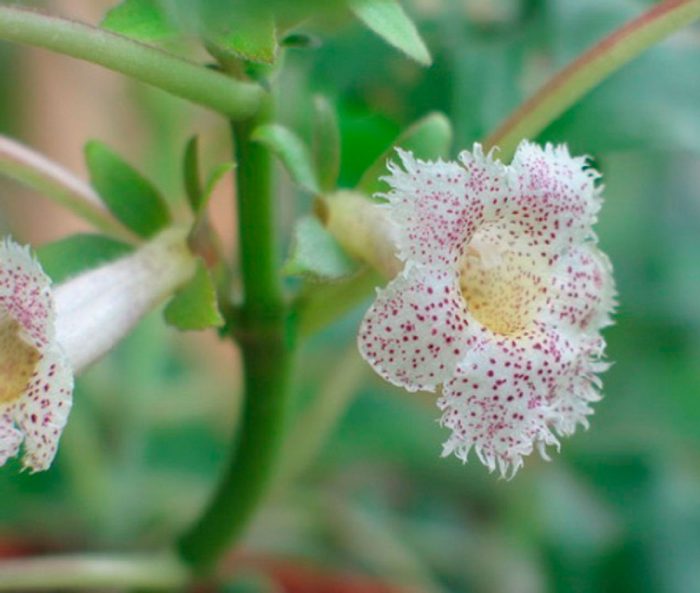
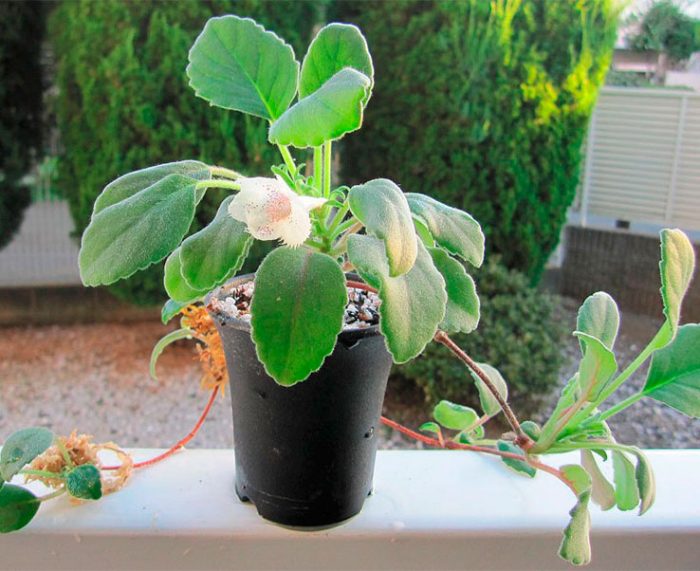
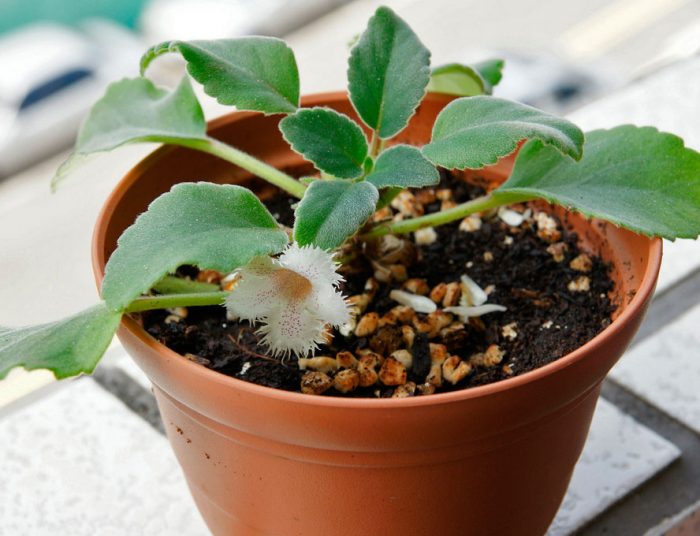
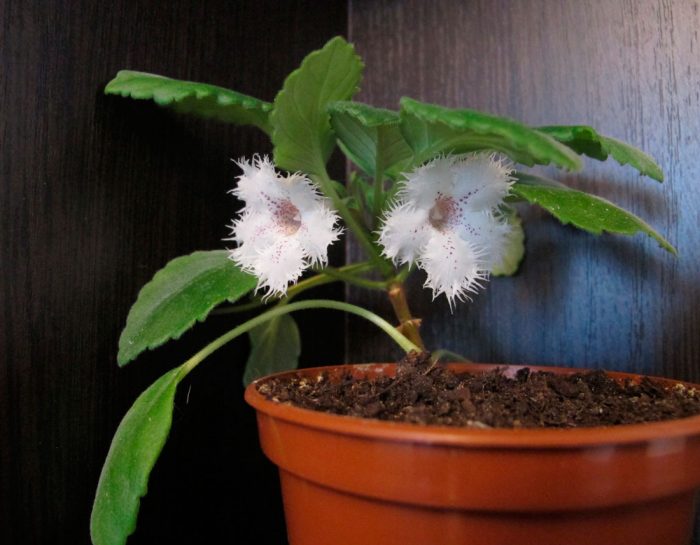
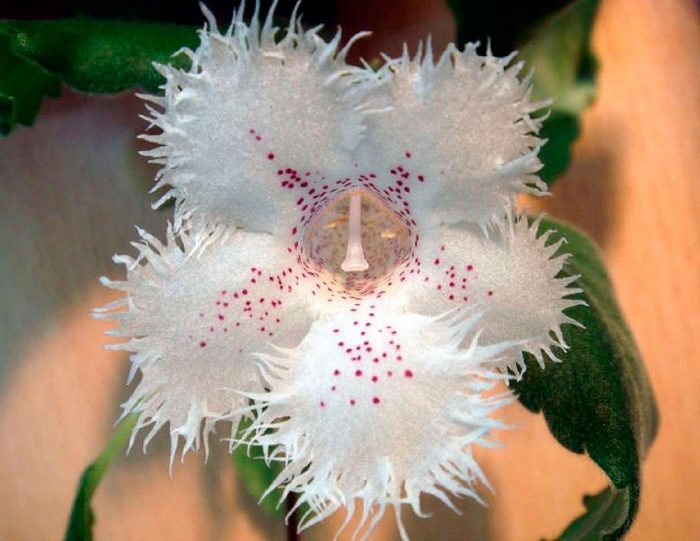
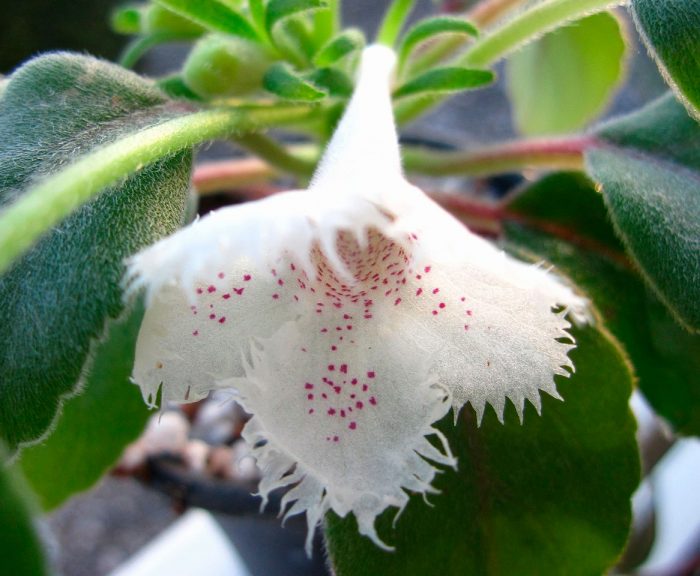
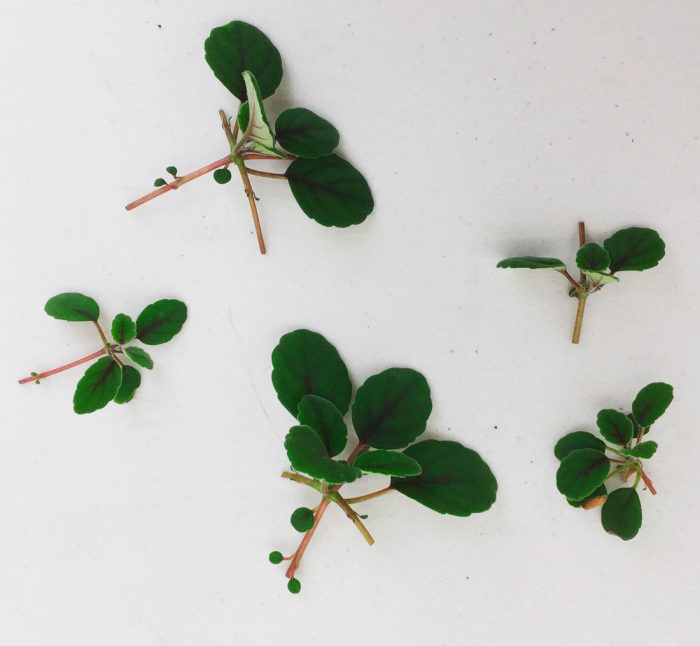
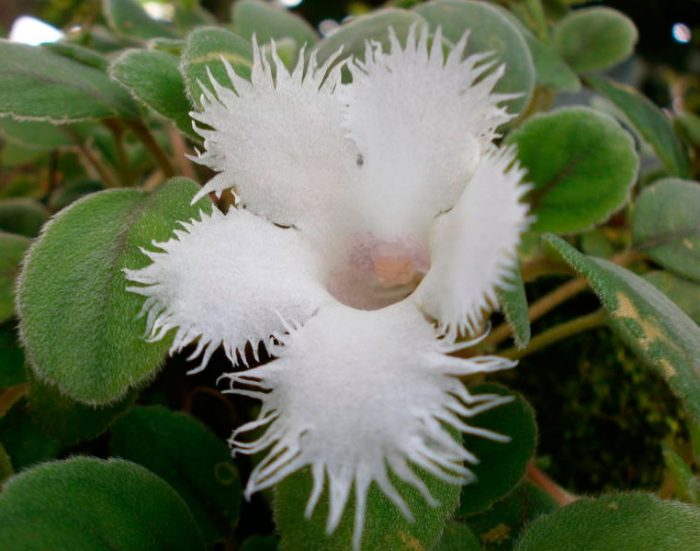
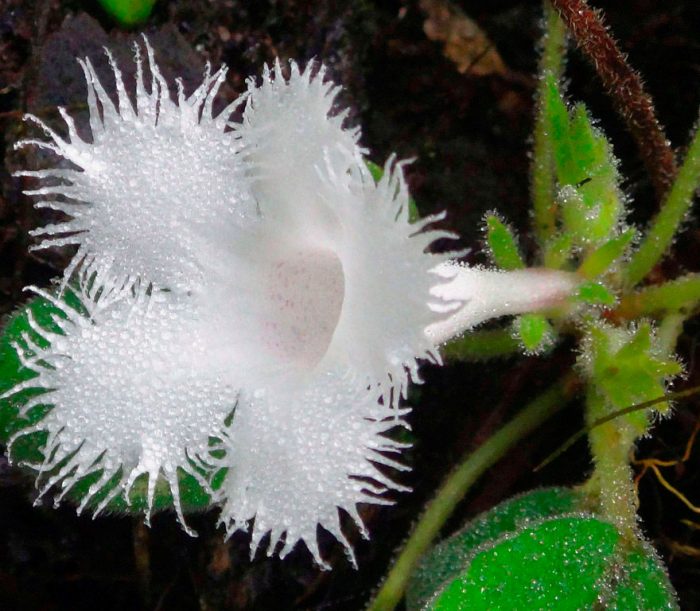
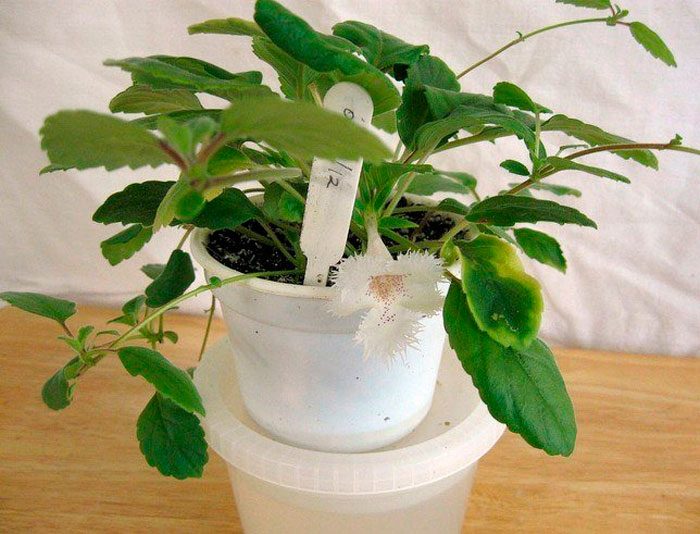
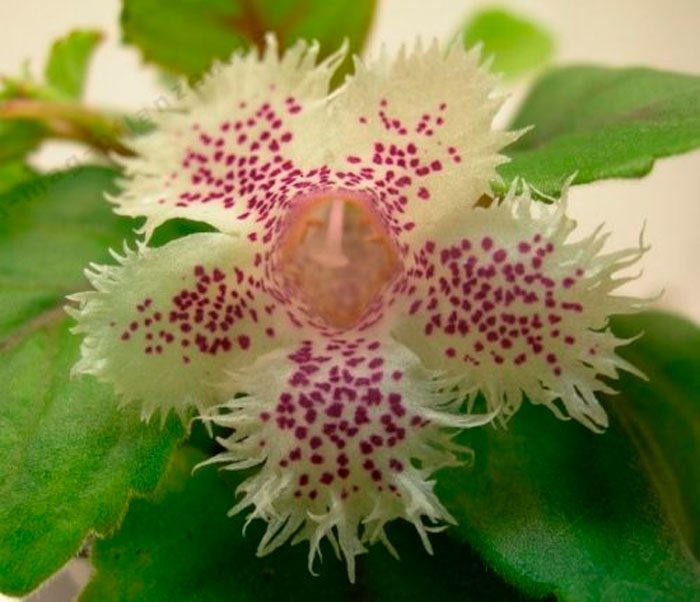
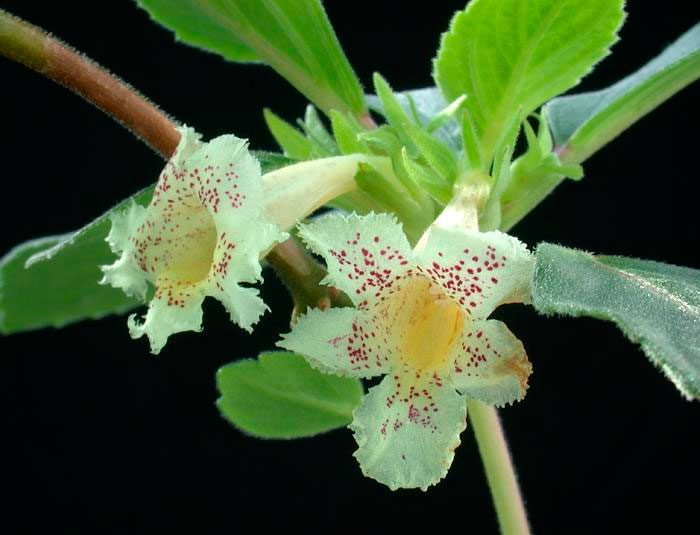
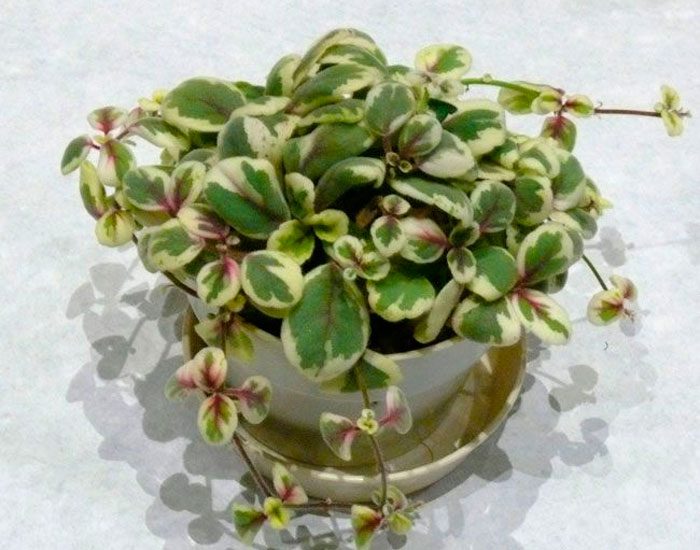
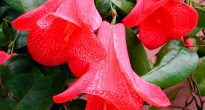
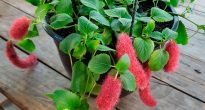

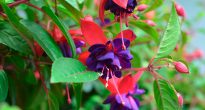
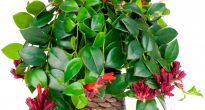

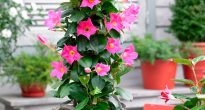
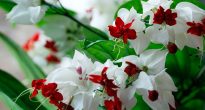


Good day ! Your flowers are a complete delight! How can I get a cut or an adult plant of Alsobia clove? I look forward to hearing from you. From SW. E. D.